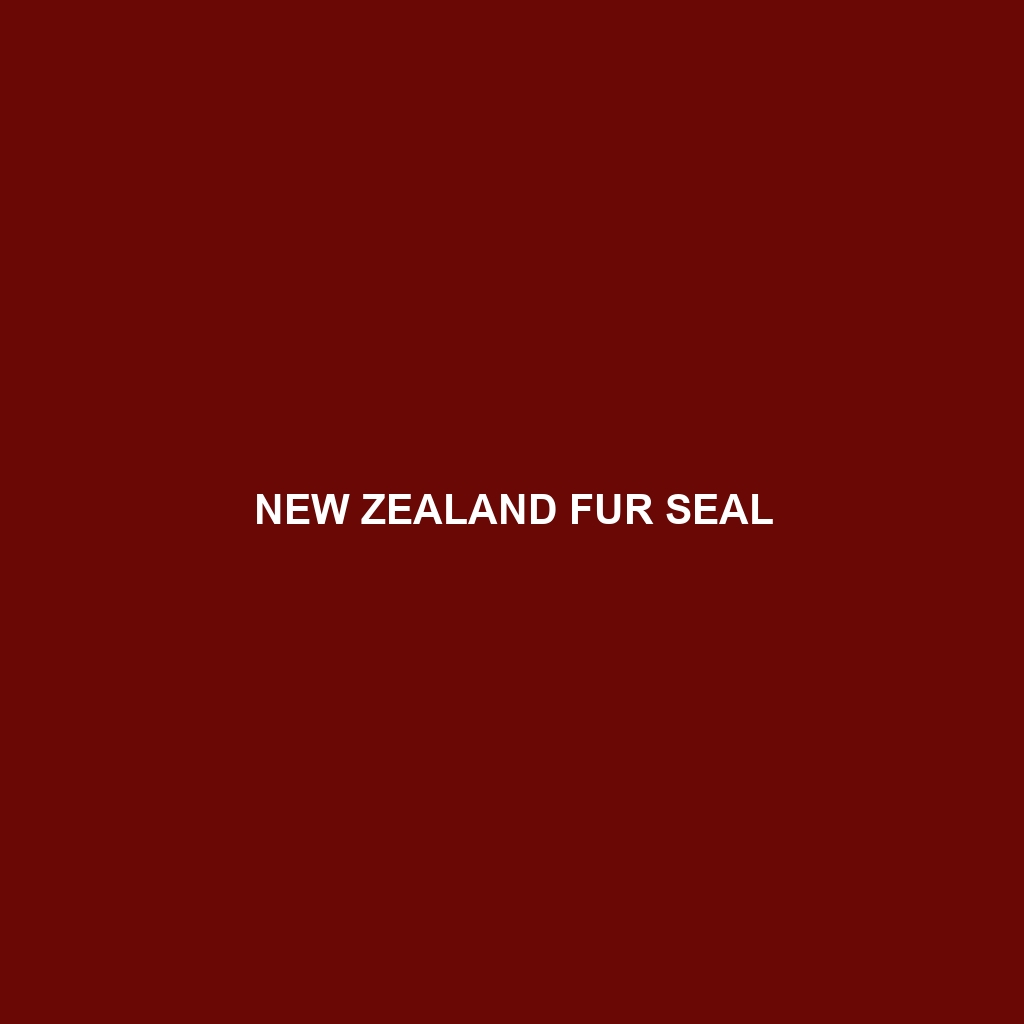South American Fur Seal
Common Name: South American Fur Seal
Scientific Name: Arctocephalus australis
Habitat
The South American Fur Seal is primarily found along the coasts of South America, specifically ranging from southern Brazil down through Uruguay, Argentina, and reaching the Falkland Islands. These seals typically inhabit rocky shores and sandy beaches, thriving in cold, temperate waters, and are often observed in both coastal and offshore environments.
Physical Characteristics
South American Fur Seals are notable for their robust size and distinctive features. Adult males can weigh between 70 to 300 kg (150 to 660 lbs) and measure around 2 to 2.5 meters (6.5 to 8.2 feet) in length, while females are smaller, typically weighing between 30 to 60 kg (66 to 132 lbs) and measuring about 1.5 to 2 meters (4.9 to 6.6 feet). Their fur is thick and varies from a light brown to dark brown coloration, with males generally exhibiting a darker hue and a thicker mane. Their large, rounded heads and external ear flaps further distinguish them from other seal species.
Behavior
South American Fur Seals are social animals, often seen lounging in large groups on beaches or rocky shores. They are highly vocal, especially during breeding season, engaging in barking and growling to establish territory and communicate. These seals demonstrate both aquatic agility and terrestrial clumsiness, relying on their strong flippers for effective swimming, reaching speeds of up to 20 km/h (12 mph) in the water.
Diet
As opportunistic feeders, South American Fur Seals primarily consume fish, squid, and crustaceans. Their diet consists mainly of hake, mackerel, and anchovies, adjusted according to seasonal availability. They are known to dive to significant depths, often reaching 100 meters (328 feet) or more in search of prey during foraging expeditions.
Reproduction
Breeding occurs during the Austral summer, from August to November, when males establish territories on breeding beaches to attract females. After a gestation period of about 11 months, females give birth to a single pup, which they nurse for several months. Maternal care is critical, as mothers will often leave pups in groups while foraging, returning periodically to feed them.
Conservation Status
The South American Fur Seal is currently classified as “Least Concern” by the International Union for Conservation of Nature (IUCN). However, they face threats from habitat disruption, fishing nets, and climate change impacts, which could affect their population in the future. Conservation efforts are crucial to monitor their populations and mitigate potential threats.
Interesting Facts
One fascinating aspect of South American Fur Seals is their adaptability; they can be seen basking in the sun on rocks or sandy beaches and diving into cold waters with equal ease. They are also known for their playful nature, often seen riding waves or swimming alongside boats. Their strong social bonds can lead to cooperative behaviors, especially among mothers with pups.
Role in Ecosystem
South American Fur Seals play a significant role in the marine ecosystem as both predators and prey. By regulating fish populations, they contribute to the balance of their habitat. Additionally, they serve as a food source for larger predators, such as sharks and orcas, and are integral to the health of their marine environment.
